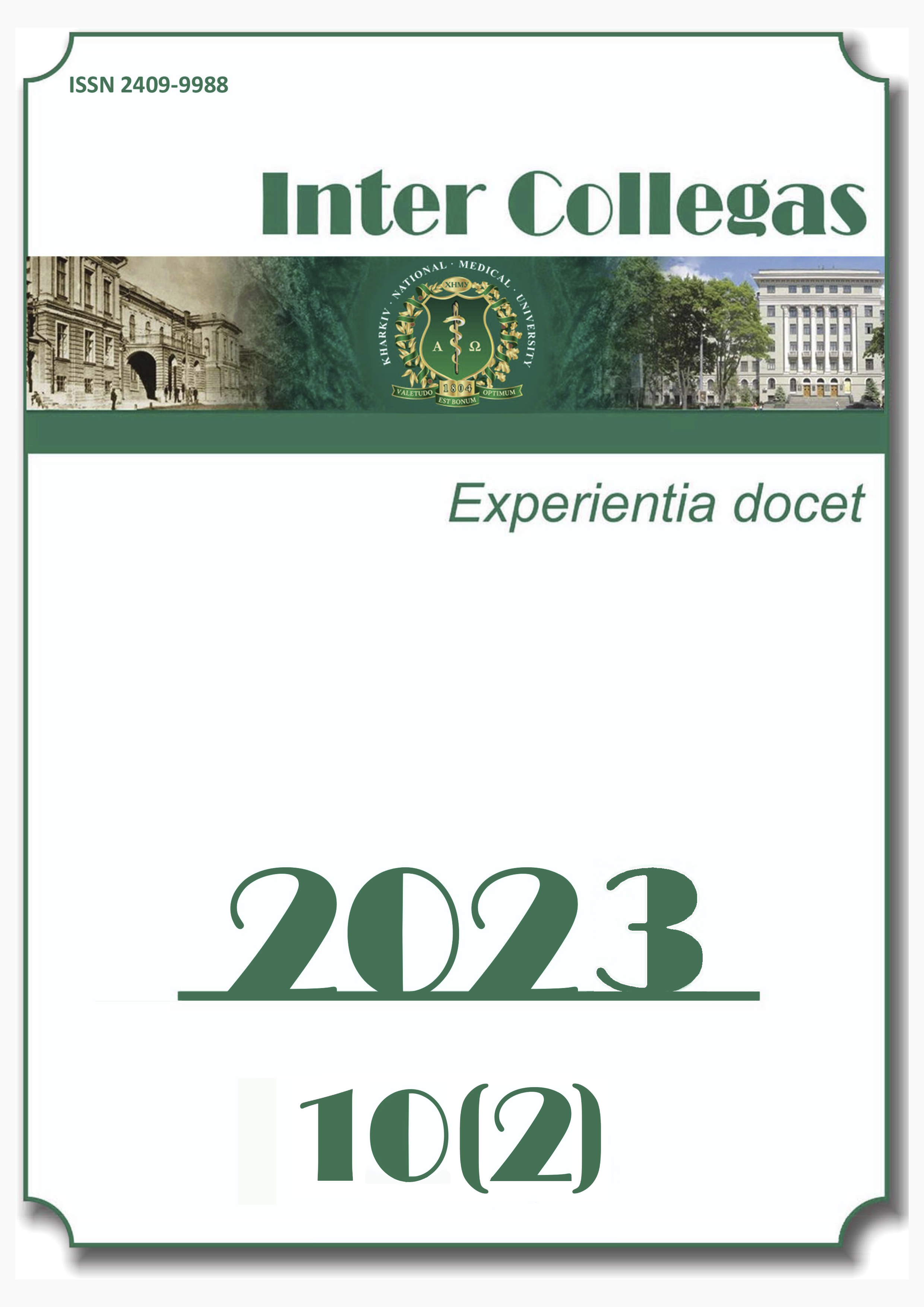Abstract
Background. Chronic diabetic foot ulcers and wounds are significant complications associated with diabetes, comprising approximately 85% of purulent-necrotic lesions affecting the lower extremities. The development of these wounds is influenced by pathogenetic factors such as hyperglycemia, neuropathy, and existing infections, which contribute to metabolic disturbances, including tissue hypoxia and the activation of proteolytic enzymes known as matrix metalloproteinases (MMPs).
Aim. To explore the therapeutic potential of autologous plasminogen in facilitating the healing process of diabetic wounds through the modulation of MMP activity.
Materials and Methods. The study enrolled 45 patients diagnosed with chronic diabetic wounds, who were assigned to two distinct groups. The control group (n=25) received conventional treatment approaches, while the intervention group consisted of 20 patients treated with autologous plasminogen applications.
Results. After 18 days of treatment, a substantial reduction of 3.5-fold in MMP-2 and MMP-9 activity was observed within the intervention group, accompanied by complete wound closure in 16 patients. Additionally, four patients underwent autodermoplasty, successfully achieving wound defect closure through effective graft integration. In contrast, the control group exhibited consistently elevated MMP activity levels throughout the entire observation period.
Conclusions. The activity of matrix metalloproteinases (MMPs) in chronic diabetic wounds reaches dramatic levels, making spontaneous wound healing impossible. The application of autologous Pg allows modulation of this activity and creates favorable conditions for wound healing by reducing excessive MMP activity, improving blood supply, and resolving inflammatory processes.
Keywords: chronic wounds, diabetes mellitus, matrix metalloproteinases, plasminogen, autodermoplasty.
References
Costa D, Ielapi N, Caprino F, Giannotta N, Sisinni A, Abramo A, et al. Social aspects of diabetic foot: a scoping review. Social Sciences. 2022;11(4):149. DOI: 10.3390/socsci11040149.
Kolimi P, Narala S, Nyavanandi D, Youssef AA, Dudhipala N. Innovative treatment strategies to accelerate wound healing: trajectory and recent advancements. Cells. 2022;11(15):2439. DOI: 10.3390/cells11152439. PMID: 35954282.
Westby MJ, Norman G, Watson REB, Cullum NA, Dumville JC. Protease activity as a prognostic factor for wound healing in complex wounds. Wound Repair Regen. 2020;28(5):631-44. DOI: 10.1111/wrr.12835. PMID: 32441358.
Krishnaswamy VR, Mintz D, Sagi I. Matrix metalloproteinases: the sculptors of chronic cutaneous wounds. Biochim Biophys Acta Mol Cell Res. 2017;186(11PtB):2220-7. DOI: 10.1016/j.bbamcr.2017.08.003. PMID: 28797647.
Gibson DJ, Schultz GS. Molecular wound assessments: matrix metalloproteinases. Adv Wound Care (New Rochelle). 2013;2(1):18-23. DOI: 10.1089/wound.2011.0359. PMID: 24527319.
Fallah M, Viklund E, Backman A, Broden J, Lundskog B, Johansson M, et al. Plasminogen is a master regulator and a potential drug candidate for the healing of radiation wounds. Cell Death Dis. 2020;11(3):201. DOI: 10.1038/s41419-020-2397-0. PMID: 32205839.
Keragala CB, Medcalf RL. Plasminogen: an enigmatic zymogen. Blood. 2021;137(21):2881-9. DOI: 10.1182/blood.2020008951. PMID: 33735914.
Mayor JM, Chung J, Zhang Q, MonteroBaker M, Joseph LM. Using the Society for Vascular Surgery Wound, Ischemia, and Foot Infection (WIfI) Classification as a Tool to Identify Patients Most Likely to Benefit from Revascularization. J Vasc Surg. 2018;67(6):162-3. DOI: 10.1016/j.jvs.2018.11.039. PMID: 30922742.
Stoscheck CM. Quantitation of protein. Methods Enzymol. 1990;182:50-68. DOI: 10.1016/0076-6879(90)82008-p. PMID: 2314256.
Olsson M, Jarbrink K, Divakar U, Bajpai R, Upton Z, Schmidtchen A, Car J. The humanistic and economic burden of chronic wounds: A systematic review. Wound Repair Regen. 2019;27(1):114-25. DOI: 10.1111/wrr.12683. PMID: 30362646.
Gushiken LFS, Beserra FP, Bastos JK, Jackson CJ, Pellizzon CH. Cutaneous wound: an update from physiopathology to current therapies. Life (Basel). 2021;11(7):665. DOI: 10.3390/life11070665. PMID: 34357037.
Petrenko ON, Bezrodny BG, Tykhomyrov AA. Exogenous proteolytic proteinases in chronic wounds in patients with diabetic foot syndrome. Surg East Europe. 2015;2(14):50-60.
Ajjan RA, Gamlen T, Standeven KF, Mughal S, Hess K, Smith KA, et al. Diabetes is associated with posttranslational modifications in plasminogen resulting in reduced plasmin generation and enzyme-specific activity. Blood. 2013;122(1):134-42. DOI: 10.1182/blood-2013-04-494641. PMID: 23699598.
Bryk-Wiazania AH, Undas A. Hypofibrinolysis in type 2 diabetes and its clinical implications: from mechanisms to pharmacological modulation. Cardiovasc Diabetol. 2021;20(1):191. DOI: 10.1186/s12933-021-01372-w. PMID: 34551784.

This work is licensed under a Creative Commons Attribution-NonCommercial-ShareAlike 4.0 International License.


